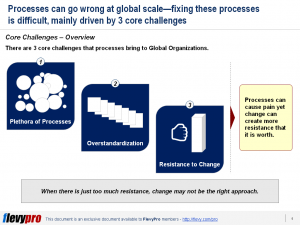5 Dimensions of Employee Engagement Scorecard
20 Feb

Employee Engagement has emerged as one of the significant pillars on which the Competitive Advantage, Productivity, and Growth Strategy of an organization rests. Employee Engagement has many facets. To assess an organization’s current status of Employee Engagement, executives need to devise a measurement system. Measuring Employee Engagement is vital in shaping Employee Engagement Strategies that help propel the organization towards growth.
A framework that is quite effective in measuring the existing levels of Employee Engagement and devising strategies based on the individuals’ requirements is the “Employee Engagement Scorecard.”
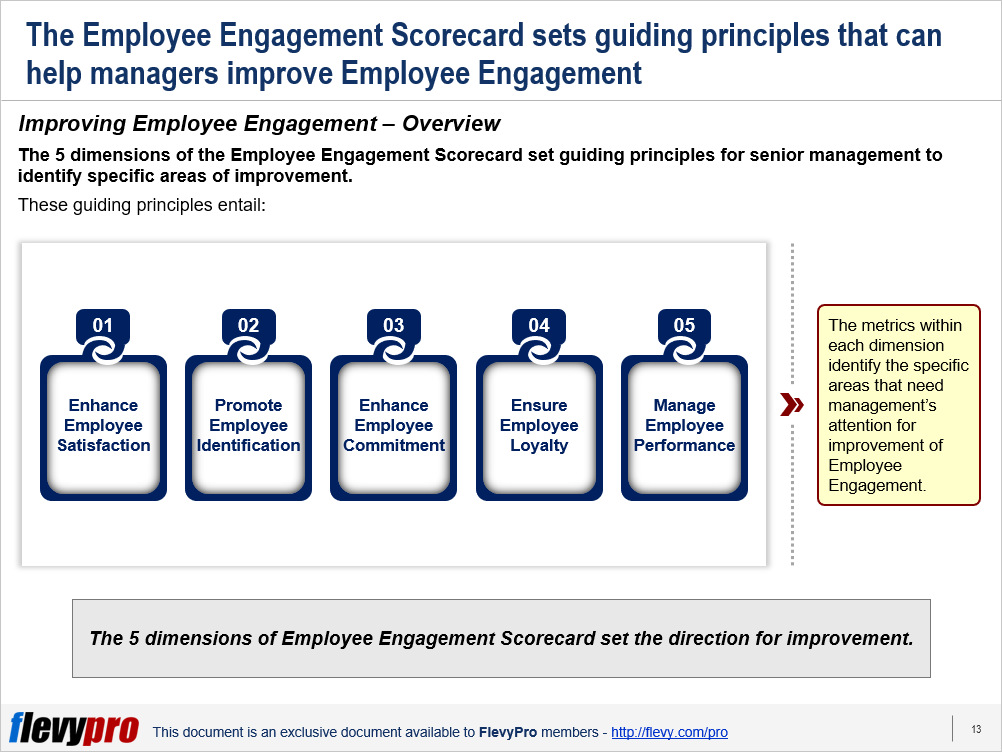
The Employee Engagement Scorecard comprises of:
- Metrics for each component of Employee Engagement.
- A scale for scoring metrics in each component.
- A comprehensive scorecard that pulls everything together.
The Employee Engagement Scorecard is composed of a number of metrics used to measure the individual employee engagement components. Each metric is based on a 1 to 5 scale, with 1 being lowest and 5 being highest. The scorecard was developed through an extensive research process involving academic literature reviews and managerial interviews across the world.
The Employee Engagement Scorecard categorizes engagement scores into 4 groups:
Score of 20 to 39 – Low Engagement Level
Indicates that individual components—e.g., Employee Satisfaction, Employee Identification, Employee Commitment—should be addressed.
Score of 40 to 59 – Somewhat more Engaged
Implies that some Employee Engagement factors require immediate attention.
Score of 60 to 79 – High Level Engagement
Shows that generally the company would operate smoothly and achieve good results but further improvement is needed for growth.
Score of 80 to 100 – Adherence
Signifies that the company observes Employee Engagement Best Practices and the Employee Engagement is at a very high level giving the company an advantage in growth.
The Employee Engagement Scorecard encompasses 5 guiding principles (or dimensions):
- Enhance Employee Satisfaction
- Promote Employee Identification
- Enhance Employee Commitment
- Ensure Employee Loyalty
- Manage Employee Performance
The 5-dimension Employee Engagement Scorecard has been implemented in 7 countries across the Asian, European and American continents in more than 75 companies. Let us delve a little deeper into the first 2 dimensions of measurement and key actions needed for Strategy Development.
1. Enhance Employee Satisfaction
Valuable time and resources of the organization may be lost because of dissatisfied employees. Dissatisfied employees tend to be unenthusiastic about work, which negatively affects the quality of work.
Various measures by the management can enhance Employee Satisfaction once the metrics are analyzed, i.e.:
- Rearranging roles and responsibilities to correspond effectively with employee skill sets and interests.
- Mentoring employees more actively.
- Developing effective rewards and benefits systems in line with performance.
- Offering flexible work hours.
2. Promote Employee Identification
Identifying with the organization is as vital for growth as is employee satisfaction. A satisfied employee who does not identify with the organization will not be able to embody the organization’s culture and values, and thus will stand out from the ones who do. This creates dissonance in team building activities which are a necessary part of generating new ideas for employee development. In such a scenario, the leadership can encourage employee identification by:
- Offering mentorship programs
- Creating Idea development platforms
- Reinforcing the organizational culture and values, to connect the employees with the organizational culture and nurture growth.
Interested in learning more about the Employee Engagement Measurement & Improvement and the results of its implementation in 75 companies? You can download an editable PowerPoint on Employee Engagement Measurement & Improvement here on the Flevy documents marketplace.
Want to Achieve Excellence in Human Resource Management (HRM)?
Gain the knowledge and develop the expertise to become an expert in Human Resource Management (HRM). Our frameworks are based on the thought leadership of leading consulting firms, academics, and recognized subject matter experts. Click here for full details.
The purpose of Human Resources (HR) is to ensure our organization achieves success through our people. Without the right people in place—at all levels of the organization—we will never be able to execute our Strategy effectively.
This begs the question: Does your organization view HR as a support function or a strategic one? Research shows leading organizations leverage HR as a strategic function, one that both supports and drives the organization’s Strategy. In fact, having strong HRM capabilities is a source of Competitive Advantage.
This has never been more true than right now in the Digital Age, as organizations must compete for specialized talent to drive forward their Digital Transformation Strategies. Beyond just hiring and selection, HR also plays the critical role in retaining talent—by keeping people engaged, motivated, and happy.
Learn about our Human Resource Management (HRM) Best Practice Frameworks here.
Do You Find Value in This Framework?
You can download in-depth presentations on this and hundreds of similar business frameworks from the FlevyPro Library. FlevyPro is trusted and utilized by 1000s of management consultants and corporate executives. Here’s what some have to say:
“My FlevyPro subscription provides me with the most popular frameworks and decks in demand in today’s market. They not only augment my existing consulting and coaching offerings and delivery, but also keep me abreast of the latest trends, inspire new products and service offerings for my practice, and educate me in a fraction of the time and money of other solutions. I strongly recommend FlevyPro to any consultant serious about success.”
– Bill Branson, Founder at Strategic Business Architects
“As a niche strategic consulting firm, Flevy and FlevyPro frameworks and documents are an on-going reference to help us structure our findings and recommendations to our clients as well as improve their clarity, strength, and visual power. For us, it is an invaluable resource to increase our impact and value.”
– David Coloma, Consulting Area Manager at Cynertia Consulting
“FlevyPro has been a brilliant resource for me, as an independent growth consultant, to access a vast knowledge bank of presentations to support my work with clients. In terms of RoI, the value I received from the very first presentation I downloaded paid for my subscription many times over! The quality of the decks available allows me to punch way above my weight – it’s like having the resources of a Big 4 consultancy at your fingertips at a microscopic fraction of the overhead.”
– Roderick Cameron, Founding Partner at SGFE Ltd

















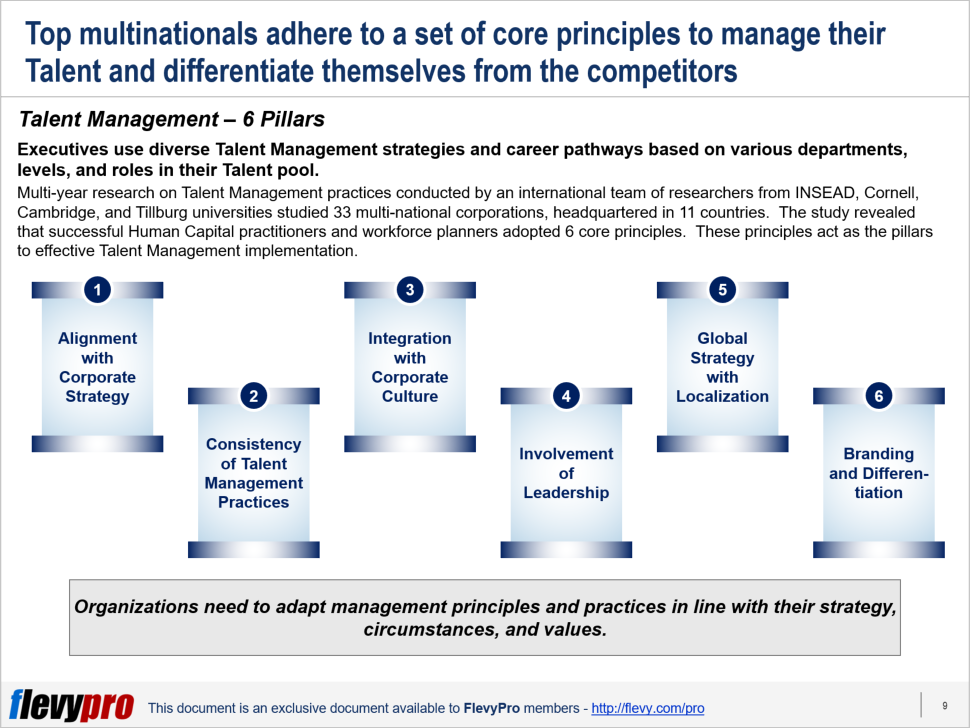

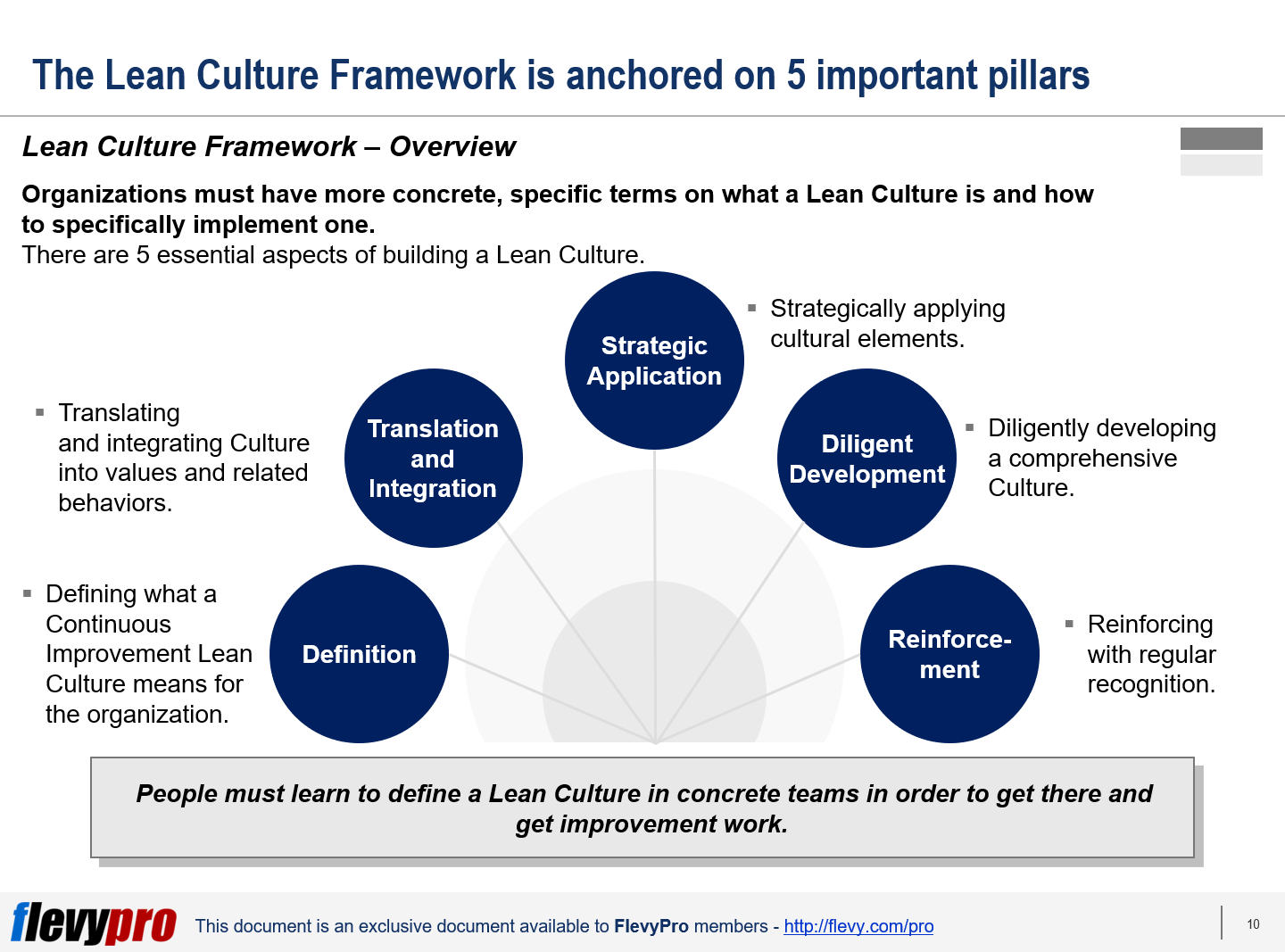


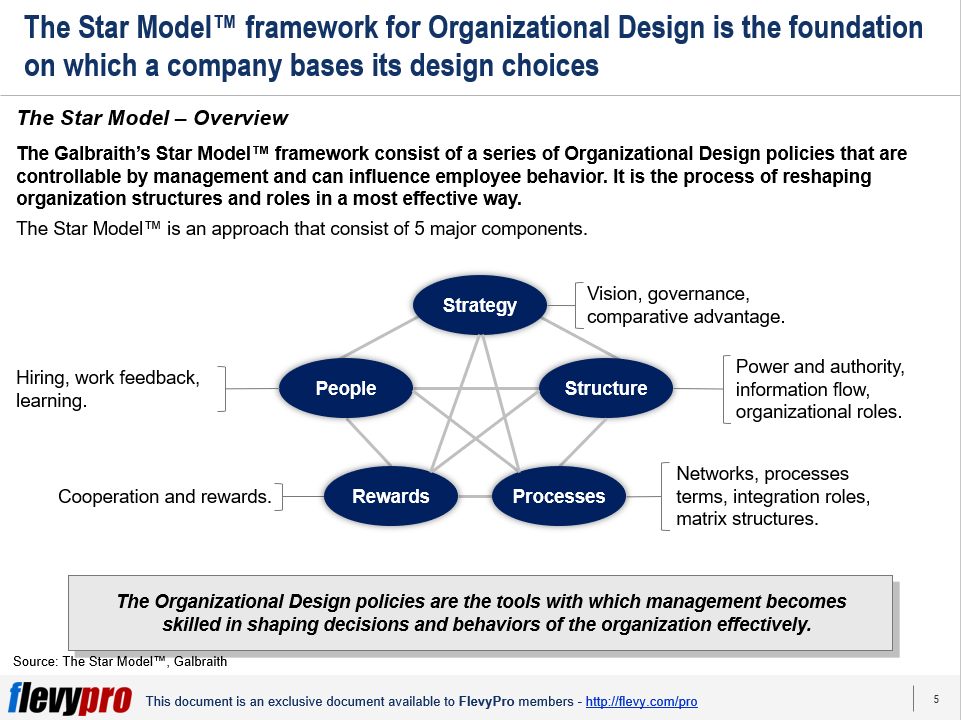




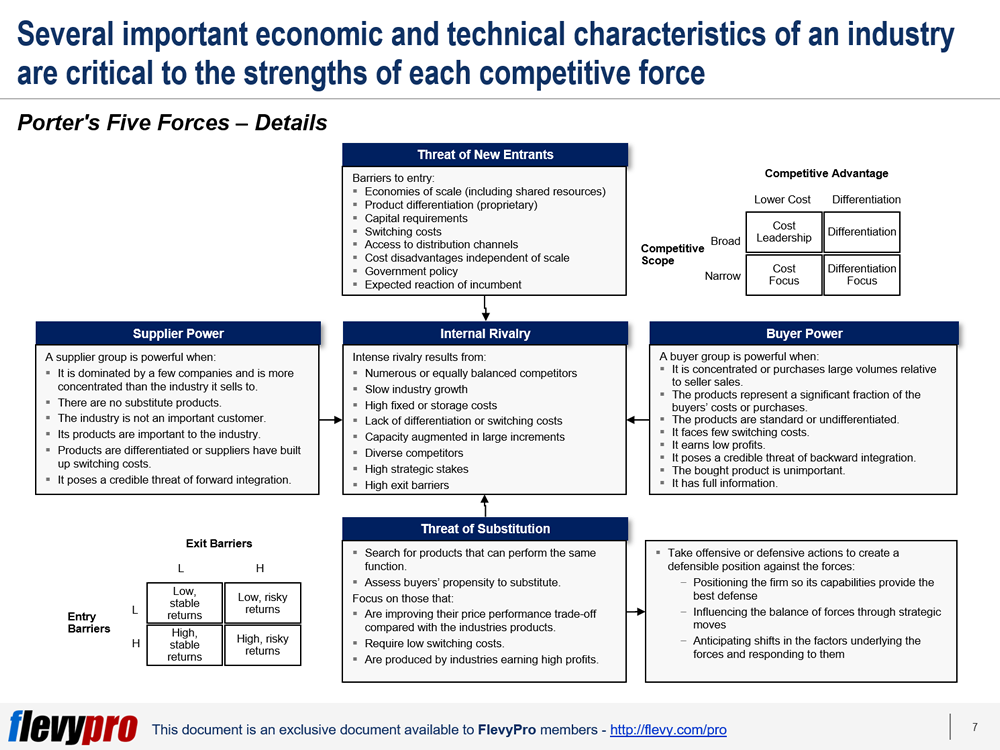

 how it gets supplies for factories to how it manages and develops people–are some of the primary ways that global companies impose order and consistency on a diverse set of global operations. Companies believe that processes can help share knowledge across divisions and regions. Likewise, seamless delivery and service processes can be central to meeting customer expectations.
how it gets supplies for factories to how it manages and develops people–are some of the primary ways that global companies impose order and consistency on a diverse set of global operations. Companies believe that processes can help share knowledge across divisions and regions. Likewise, seamless delivery and service processes can be central to meeting customer expectations.